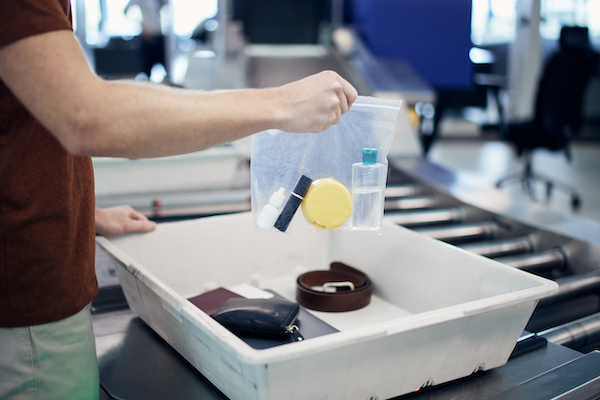EU airports blast bloc’s decision to reinstate 100ml liquid rule from September

Earlier this week, the EC confirmed it would temporarily reintroduce liquid rules – even at airports that already have new C3 scanners – to improve performance.
C3 scanners are already being used at a number of airports across Europe and the European Economic Area (EEA); they allow passengers to carry liquids in quantities greater than 100ml and keep them in their carry-on luggage when they clear security, along with large electronic devices.
The commission said the rule would be reintroduced from 1 September and did not come in response to any new threat, but rather to guarantee the safety of air travel generally. The UK enacted a similar ruling earlier this year.
Trade body ACI Europe said bringing back a 100ml liquid rule would severely impact airports that have already deployed C3 scanners, likely reducing passenger throughput and causing operational issues.
ACI Europe said it would also import airports financially as C3 scanners are not only around eight times more expensive to install than a typical X-ray scanner, but they are also around four times more costly to maintain.
“Those airports which have been early adopters of this new technology are being heavily penalised both operationally and financially,” said ACI Europe director general Olivier Jankovec.
“The decision to now impose significant restrictions to their use questions the trust and confidence the industry can place in the current certification system for aviation security equipment.”
Jankovec also criticised the EC for failing to offer a precise timeline for when the restrictions will be lifted, and has called for a roadmap outlining the timetable.
Related
Brits forced to pay fee to visit these 30 countries…
UK tourists will be required to pay a fee to visit 30 countries in Europe under new European Union (EU) travel rules.The rules mean British holidaymakers will n
The beautiful European island with just 148 locals
Irakleia is a beautiful island in the Minor Cyclades of Greece, nestled in the heart of the Aegean Sea and just an hour away from Naxos. Officially recorded t
Warning issued for Brits flying easyJet and Ryanair to popular…
Passengers flying with Ryanair, easyJet and British Airways should expect disruption (Picture: Urbanandsport/NurPhoto via Getty Images) Passenge










